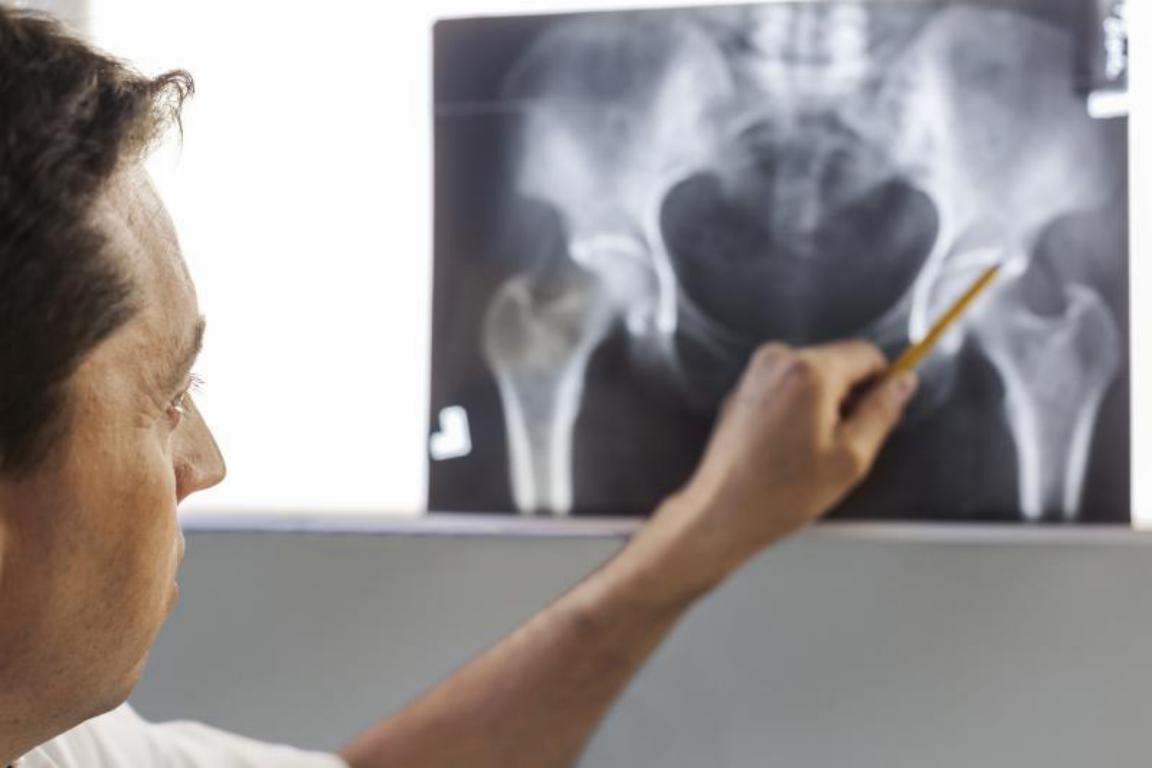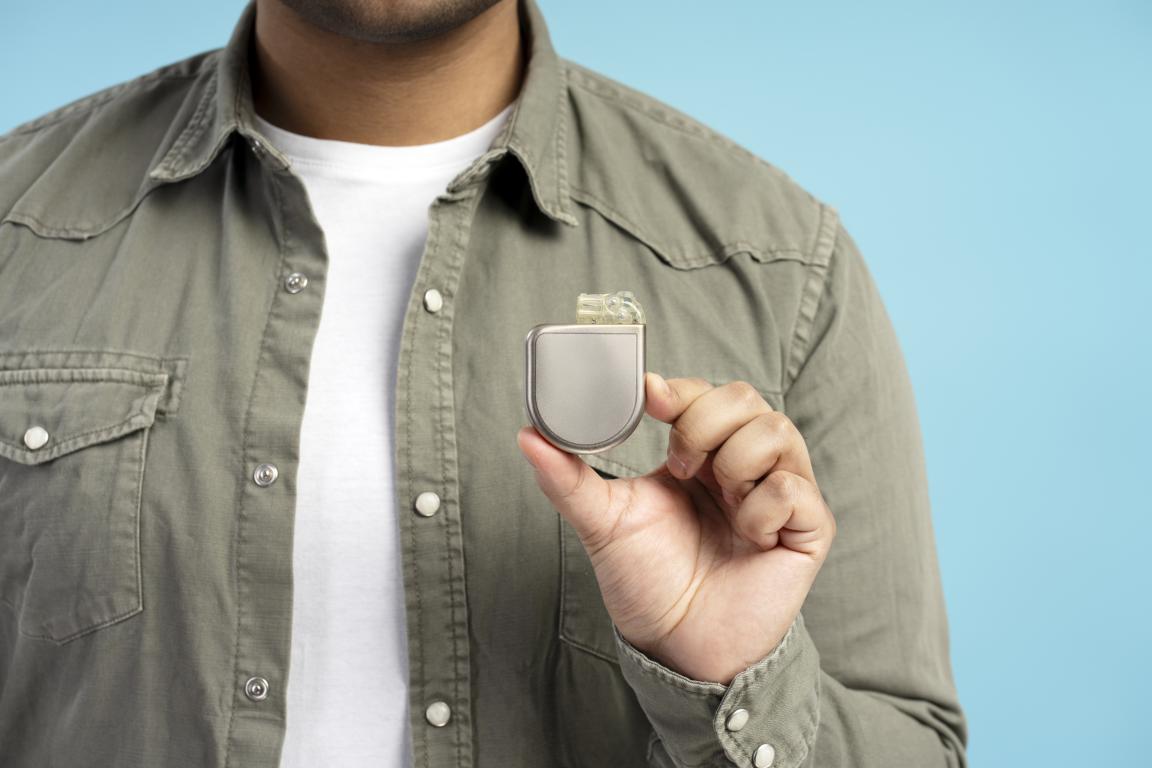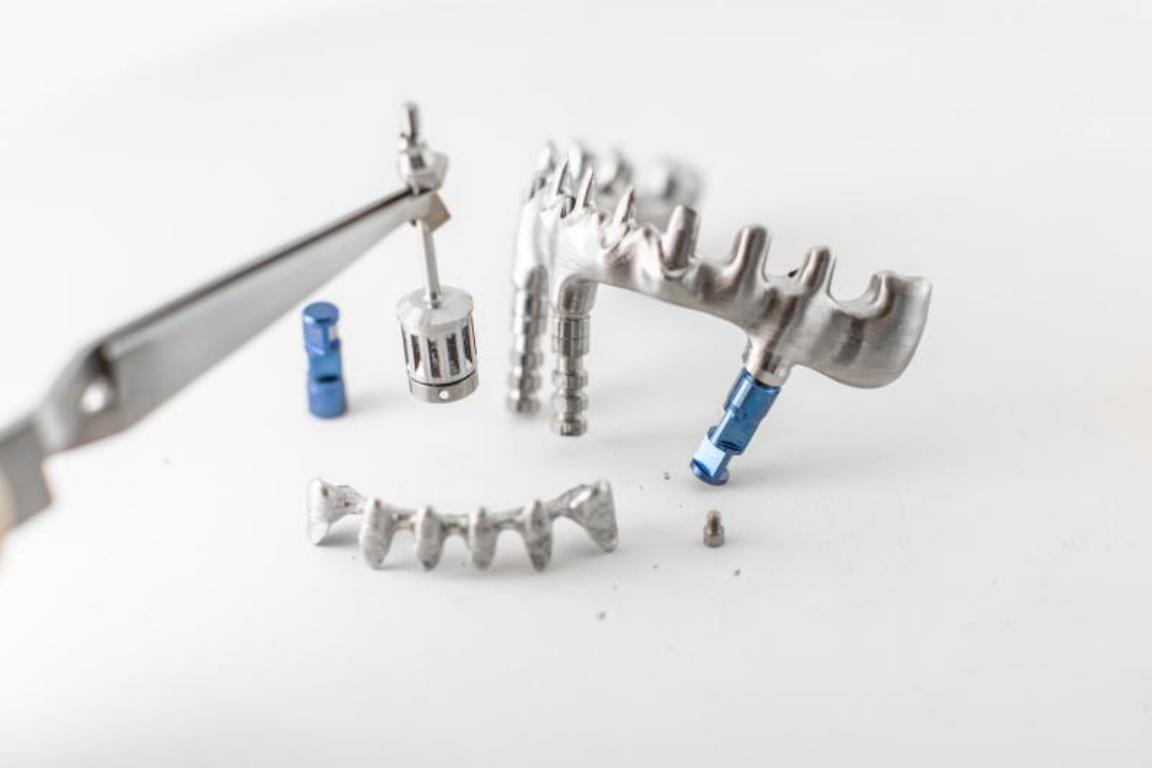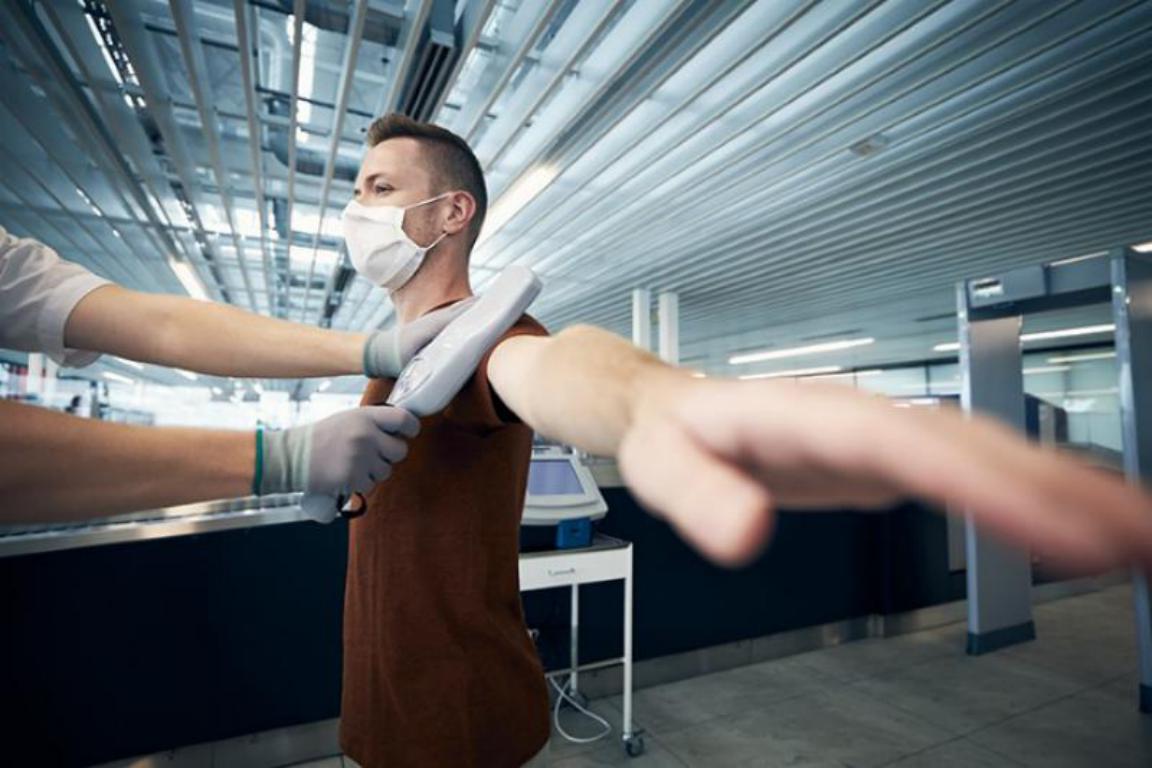Bio-degradable cards
Every card imaginable!
|
Bio-degradable cards Every card imaginable! A Patient's Guide to Common Medical Implants: From Hips and Knees to PacemakersFacing surgery for a medical implant, or learning to live with a new one, can feel like a huge step. It’s a journey that can bring up a lot of questions and maybe even a little bit of worry. That’s completely normal. You might be wondering what exactly the implant does, what to expect from the surgery, how recovery will go, and how it will change your day-to-day life. We're here to help. Think of this guide as a friendly chat, designed to walk you through the most common types of medical implants in simple, clear terms. We want to replace any uncertainty with understanding and confidence. From joint replacements that get you back on your feet to tiny devices that support your heart, we’ll cover what they are, why you might need one, and what to expect before, during, and after. Our goal is to give you all the information you need in one place, so you feel empowered and prepared for the road ahead. Table of Contents
Understanding Orthopedic ImplantsOrthopedic implants are all about restoring movement, reducing pain, and fixing injuries in our bones and joints. They are some of the most common and successful implants, helping millions of people get back to the activities they love. Hip ReplacementsA total hip replacement is one of the most successful operations in all of medicine. It’s designed to relieve pain and restore mobility in people with severely damaged hip joints. What is it? Your hip is a 'ball-and-socket' joint. A hip replacement is a procedure where a surgeon replaces a painful, worn-out hip joint with an artificial one, often called a prosthesis. This involves replacing the 'ball' at the top of your thigh bone (the femoral head) and resurfacing the 'socket' in your pelvis (the acetabulum). Why might you need one? The most common reason is osteoarthritis, where the protective cartilage in the joint wears away over time, causing bone to rub on bone. This leads to severe pain, stiffness, and difficulty walking. Other common reasons include rheumatoid arthritis (an autoimmune disease that attacks the joints), post-traumatic arthritis following a serious hip injury, or a hip fracture. What’s it typically made of? The artificial joint is a combination of strong, body-friendly materials.
The Procedure: The surgery usually takes 1-2 hours under a general or spinal anesthetic. Your surgeon will make an incision to access the hip joint, remove the damaged ball and socket, and then fit the new artificial components securely in place. Recovery and Rehabilitation: Recovery is a process, but progress is often quick.
Life with a New Hip: For most people, the result is a dramatic reduction in pain and a huge improvement in their ability to walk, climb stairs, and enjoy life. While high-impact sports like running are generally not recommended, you’ll be encouraged to enjoy activities like walking, swimming, cycling, and golf. Your new hip will almost certainly set off metal detectors at airports. Knee ReplacementsA knee replacement can be a life-changing operation for those suffering from chronic knee pain that severely limits everyday activities. What is it? A total knee replacement isn't about replacing the entire knee structure. It is more accurately a 'resurfacing' procedure. The surgeon removes the damaged cartilage and a thin layer of bone from the end of the thigh bone (femur), the top of the shin bone (tibia), and sometimes the back of the kneecap (patella). These surfaces are then replaced with artificial metal and plastic components. Why might you need one? Severe osteoarthritis is the leading cause. When the cartilage that cushions the knee joint wears away, it results in bone-on-bone friction, causing significant pain, swelling, and stiffness. If this pain makes it hard to do simple things like walking or getting out of a chair, and other treatments like physical therapy or injections haven't helped, a knee replacement is often the best solution. What’s it typically made of? The components are engineered to replicate the natural, gliding motion of the knee.
The Procedure: Knee replacement surgery typically takes between 1 to 2 hours under a general or spinal anesthetic. The surgeon makes an incision at the front of the knee to access the joint, removes the damaged surfaces, and then cements or presses the new components into place. Recovery and Rehabilitation: Your commitment to physical therapy after surgery is the most critical factor for a great outcome.
Life with a New Knee: The primary goal is freedom from debilitating pain. While your new knee won't feel exactly like a natural one, and you might be aware of a clicking or clunking sound which is normal, it will allow you to move with far greater comfort and get back to a more active lifestyle. Pins, Plates, and ScrewsThese devices are the essential tools of internal fixation, used by surgeons to hold broken bones together from the inside while they heal correctly. What is it? When a bone breaks (fractures), sometimes it needs more than a traditional cast to hold the pieces in the correct position for healing. A surgeon will perform an operation to realign the bone fragments and then fix them in place with a combination of metal plates, screws, pins, or rods that act as an internal splint. Why might you need one? You would need these for a fracture that is complex, unstable, displaced (out of position), or involves a joint surface. This is very common in fractures of the ankle, wrist, hip, or long bones of the leg and arm. They provide stability that allows for earlier, safe movement and promotes better long-term function. What’s it typically made of? The hardware is made from body-friendly metals known for their strength and resistance to corrosion.
The Procedure: Under anesthetic, the surgeon makes an incision over the fracture to see the broken bone. They will carefully put the bone pieces back into their proper anatomical alignment and then secure them with the chosen hardware. The incision is then closed with stitches or staples. Recovery and Rehabilitation: Recovery depends entirely on the location and severity of the fracture, not just the metalwork.
Life with one: In most cases, this hardware is designed to stay in for life and causes no problems at all. Occasionally, if a screw or plate is very close to the skin and causes irritation, or in a younger, very active person, a surgeon may suggest a second, smaller operation to remove the metalwork, but only long after the bone has fully healed (usually over a year). 
A Closer Look at Cardiac ImplantsCardiac implants are incredible devices designed to help your heart maintain a healthy rhythm and function. They are often implanted in a relatively minor procedure and can provide life-saving treatment and a huge sense of security. PacemakersA pacemaker is a small but mighty device that acts as a continuous safety net for your heart's rhythm. What is it? A pacemaker is a small electronic device that is placed under the skin in your chest, usually just below the collarbone. It consists of a battery and a tiny computer sealed in a metal case (the pulse generator), and one or more thin, insulated wires called 'leads'. These leads are guided through a vein to the appropriate chambers of your heart. The device constantly monitors your heart's rhythm. If it senses your heart is beating too slowly, it sends a tiny, painless electrical signal to make it beat at a steady, normal pace. Why might you need one? You might need a pacemaker if you have a heart rhythm problem (an arrhythmia), most commonly bradycardia, which is a heart rate that is too slow. This can cause symptoms like severe fatigue, dizziness, fainting, and shortness of breath. The pacemaker acts as a back-up, ensuring your heart rate never drops to a dangerous level. What’s it typically made of? The device is designed for long-term safety inside the body.
The Procedure: Implanting a pacemaker usually takes about an hour and is most often done under local anesthetic and light sedation, meaning you are awake but relaxed and comfortable. The surgeon makes a small incision below your collarbone, creates a small pocket under the skin for the pacemaker box, and then guides the leads through a large vein into the heart using X-ray imaging for guidance. Recovery and Rehabilitation: Recovery is generally straightforward.
Life with a Pacemaker: Life with a pacemaker is overwhelmingly normal. You'll need regular check-ups (many of which can be done remotely from your home using a special monitor) to check the battery and function. The battery typically lasts 7-10 years, after which you'll need a simple procedure to replace the generator box. You'll need to be mindful of strong magnetic or electrical fields, but everyday household items pose no risk. 
Exploring Neurological ImplantsNeurological implants are a fascinating and growing area of medicine. These devices work by sending targeted electrical signals to specific parts of your nervous system—your brain, spine, or nerves—to help manage the symptoms of various complex conditions. Vagus Nerve Stimulators (VNS)A Vagus Nerve Stimulator is a device that helps to regulate brain activity by sending signals through a major nerve pathway in the body. What is it? A VNS is a device, similar in size and shape to a pacemaker, that is implanted under the skin in the chest. A very thin, flexible wire runs from this device up to the vagus nerve in your neck. The device is programmed by a doctor to send regular, mild electrical pulses to the brain via this nerve pathway. It's a bit like a pacemaker for the brain. Why might you need one? VNS therapy is most commonly used to treat epilepsy when seizures are not well controlled by medication alone. By sending these regular signals, it can help to calm the irregular electrical brain activity that causes seizures, reducing their frequency and severity. It is also an approved treatment for treatment-resistant depression that hasn’t responded to other therapies. What’s it typically made of? The device is built from materials proven to be safe for long-term use in the body.
The Procedure: The surgery is performed under general anesthetic and usually takes about an hour to 90 minutes. The surgeon makes two small incisions: one in the upper chest to create a pocket for the generator, and a second, smaller one in a natural crease of the neck to access the vagus nerve and carefully wrap the soft electrode leads around it. Recovery and Rehabilitation: This is often an outpatient procedure, meaning you can go home the same day, though an overnight stay is sometimes required.
Life with a VNS: The device works automatically in the background, delivering its therapy without you needing to do anything. A common side effect, especially at first, is a change in your voice (hoarseness) or a tickling sensation in your throat, which usually only happens when the device is actively sending a pulse (typically for 30 seconds every 5 minutes). You may also be given a special magnet that you can swipe over the device to deliver an extra burst of stimulation if you feel a seizure coming on. 
Other Common Implants You Might EncounterBeyond the major categories, many other types of implants improve health and quality of life in very specific and important ways. Dental ImplantsA dental implant is the most advanced and permanent solution for replacing a missing tooth, designed to mimic a natural tooth from the root up. What is it? A dental implant is an artificial tooth root, most often a small, medical-grade screw, that’s surgically placed into your jawbone where a tooth is missing. It acts as a sturdy anchor for a replacement tooth or bridge. Over a period of months, the jawbone fuses directly to the implant in a process called osseointegration. Why might you need one? They are the gold-standard solution for replacing one or more missing teeth due to injury, decay, or gum disease. Unlike a denture, they are fixed in place, and unlike a traditional bridge, they do not require grinding down healthy neighboring teeth for support. What’s it typically made of? The components are made from highly biocompatible materials.
The Procedure: This is typically a multi-stage process that takes place over several months. The first stage is the surgical placement of the titanium implant into the jawbone under local anesthetic. This is followed by a healing period of three to six months to allow for the crucial osseointegration process. Once healed, a second minor procedure may be needed to attach a small connector post (the abutment), and then an impression is taken to create the final crown, which is then screwed or cemented into place. Recovery and Rehabilitation: Recovery from the initial implant placement surgery is usually straightforward.
Life with a Dental Implant: The biggest benefit is that a finished dental implant looks, feels, and functions just like one of your own natural teeth. You can eat your favorite foods with confidence, speak clearly, and smile without having to worry about anything slipping or moving. With good daily oral hygiene and regular dental check-ups, they are designed to last for many years, often a lifetime. 
Living Confidently With Your Implant: A Practical Next StepGetting to know the medical side of your implant is the first, vital step. The next part of the journey is about learning to live with it confidently and safely in your everyday life, long after the surgical wounds have healed. This means being prepared for situations where your implant matters, not just to you, but to others who are responsible for your care and safety. One of the most common situations you’ll encounter is travel, especially at airport security. Imagine standing in a busy line when the metal detector archway beeps as you walk through. It can be frustrating to be singled out and have to explain a complex medical device to a security officer, especially if you're in a foreign country where there might be a language barrier. This can add a layer of stress to a vacation that should be relaxing. Even more importantly, consider what happens in a medical scenario, whether it's a planned appointment or a sudden emergency. If you need an MRI scan, the radiology technologist must know if you have any metal or electronic implants, as some are not safe in a strong magnetic field. In an emergency, if you're unable to speak for yourself, how will paramedics know you have a pacemaker that affects how they can treat you? This information can be critical in life-or-death decisions. In these moments, clear, immediate communication is everything. While hospitals sometimes provide a paper or thin plastic card with your implant details, these can easily get lost, damaged in a wallet, or become illegible over time. Relying on your own memory during a stressful event isn't always possible. This is where having a simple, durable, and unambiguous form of identification becomes more than just a convenience—it becomes a crucial tool for your safety and peace of mind. It bridges that potential communication gap instantly, helping you to feel prepared and secure, no matter where you are.
© 2024 The Card Project US LLC
reg: 99-3537629
|